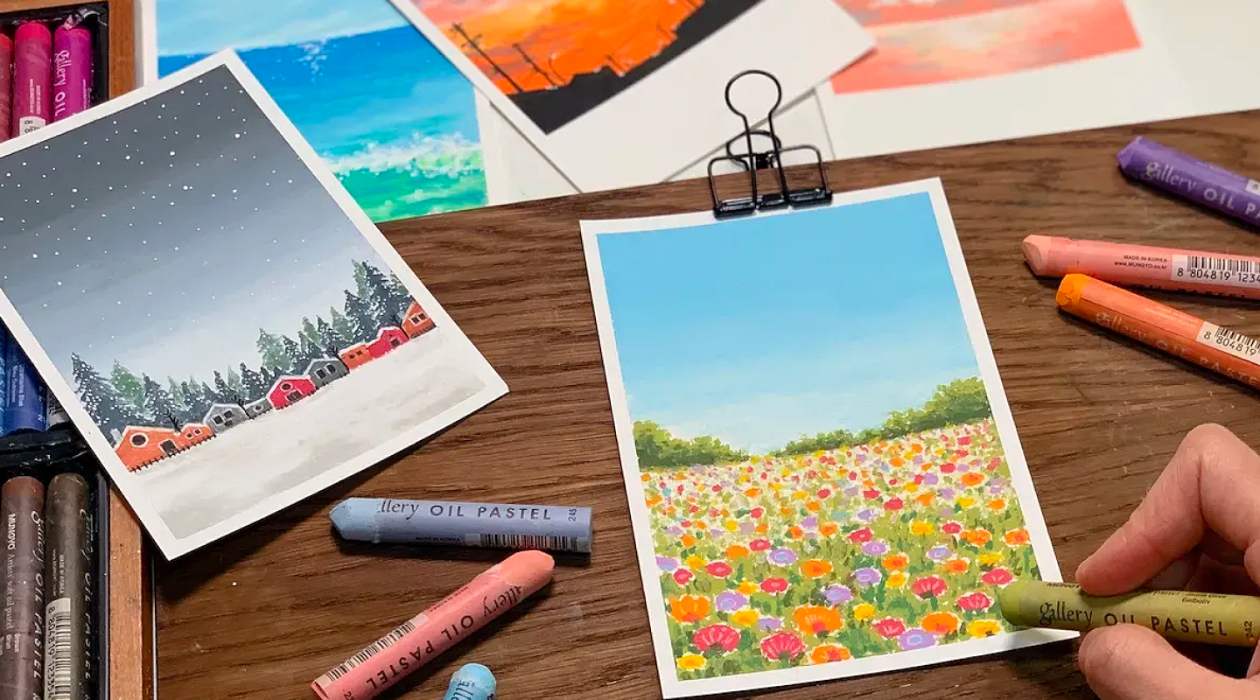

Articles
How To Store Pastel Drawings
Modified: January 20, 2024
Learn the best techniques for storing pastel drawings in this collection of informative articles. Preserve your artwork's vibrancy for years to come!
(Many of the links in this article redirect to a specific reviewed product. Your purchase of these products through affiliate links helps to generate commission for Storables.com, at no extra cost. Learn more)
Introduction
Pastel drawings are delicate and require proper storage to ensure their longevity and preservation. Whether you are a professional artist or an art enthusiast, knowing how to store your pastel drawings correctly is essential to protect their beauty and prevent damage over time. This article will guide you through the process of storing pastel drawings, from choosing the right materials to arranging and organizing your collection.
When it comes to storing pastel drawings, there are several factors to consider. The materials used for storage, the handling and preparation techniques, and the ideal storage environment all play a crucial role in maintaining the quality and integrity of your artwork. By following the right practices and using suitable storage options and materials, you can ensure that your pastel drawings remain vibrant and well-preserved for years to come.
In this article, we will explore different aspects of storing pastel drawings, providing you with valuable tips and insights to help you maintain the longevity and beauty of your collection. We will discuss how to choose the right materials for storage, how to handle and prepare your pastel drawings prior to storage, and the various options available for storing your artwork.
Additionally, we will delve into the importance of using acid-free paper and inert materials for interleaving, which helps prevent smudging and damage to your pastel drawings. We will also cover the importance of arranging and organizing your stored pastel drawings, as well as maintaining the ideal storage environment to prevent any potential degradation.
Furthermore, we will delve into the significance of proper labeling and documentation, which ensures easy retrieval and identification of your stored drawings. Lastly, we will discuss the importance of regular inspection and maintenance of your artwork to identify any potential issues and take the necessary steps to address them.
By implementing the practices outlined in this article, you can effectively store your pastel drawings and protect them from potential damage or deterioration. Let’s dive in and explore the world of storing pastel drawings together!
Key Takeaways:
- Preserve the vibrancy and integrity of your pastel drawings by choosing archival-quality materials, proper handling, and meticulous organization. Ensure their longevity for future generations to enjoy.
- Safeguard your pastel drawings from degradation and damage by maintaining the ideal storage environment, regular inspection, and thorough documentation. Protect their beauty and stories for years to come.
Read more: How To Store Oil Pastel Drawings
Choosing the Right Materials for Storage
When it comes to storing pastel drawings, selecting the right materials is essential to ensure the proper preservation of your artwork. The materials you choose should be archival quality and designed specifically for art storage to mitigate any potential damage.
One of the most important materials for storing pastel drawings is the storage container itself. Opt for acid-free, archival-quality boxes or portfolios that are specifically designed for storing artwork. These containers provide a protective environment, shielding your pastel drawings from dust, light, and moisture.
When selecting a storage container, consider the size and dimensions of your pastel drawings. Ensure that the container is spacious enough to accommodate your drawings without any need for excessive bending or folding. A tight fit can lead to creases or damage to the delicate pastel medium.
Another crucial material for storing pastel drawings is acid-free tissue paper or glassine. These materials serve as a protective layer between the drawings, preventing smudging and transferring of pigment. Ensure that the tissue paper or glassine is acid-free, as acidic materials can cause discoloration and degradation of your artwork over time.
In addition to the container and protective materials, it is essential to choose acid-free and archival-quality interleaving materials. Acid-free paper or acid-free archival polyester film sleeves can be used to separate individual drawings, providing an additional layer of protection.
When it comes to securing the pastel drawings within the storage container, consider using acid-free mounting corners or sleeves. These materials allow you to secure the drawings without the risk of adhesive coming into contact with the artwork, which can cause damage or discoloration.
Lastly, if you plan to store your pastel drawings vertically, it is advisable to use acid-free backing boards to provide extra support and prevent potential bending or warping over time.
By choosing the right storage materials, you can ensure that your pastel drawings are protected from moisture, light, dust, and physical damage. Investing in archival-quality materials will help preserve the beauty and integrity of your artwork for years to come.
Handling and Preparing Your Pastel Drawings for Storage
Proper handling and preparation of your pastel drawings are essential steps in ensuring their safe storage and preserving their quality. By following these guidelines, you can minimize the risk of damage and prolong the lifespan of your artwork.
Before handling your pastel drawings, ensure that your hands are clean and free from any oils or lotions. Oils and residues can transfer onto the surface of the paper and potentially damage the delicate pastel medium. Consider wearing cotton gloves to further protect the artwork from fingerprints and oils.
When handling the drawings, support them from both sides to prevent any bending or creasing. Avoid touching the pastel medium directly, as it is fragile and can be easily smudged or damaged. If possible, handle the drawings only by the edges or use archival-quality mounting corners to hold them in place.
It is advisable to work on a clean and flat surface when preparing your pastel drawings for storage. Lay down acid-free paper or a clean cloth to prevent any dirt or debris from coming into contact with the artwork.
Prior to storing your pastel drawings, inspect them for any visible dirt or smudges. If necessary, gently brush away any loose particles using a clean, soft brush or compressed air. Be cautious not to apply excessive pressure or rub the surface of the artwork, as this can cause smearing or damage to the delicate pastel pigments. If more thorough cleaning is required, consult a professional art conservator.
Another important consideration is to ensure that your pastel drawings are completely dry before storing them. Moisture can cause smudging and promote the growth of mold or mildew. Allow your artwork to air-dry in a clean and dust-free environment before placing them in the storage container.
Once your pastel drawings are clean and dry, carefully place them in the acid-free tissue paper or glassine sheets. This additional layer of protection helps prevent smudging and friction between the drawings. Consider interleaving each individual drawing with acid-free paper or archival polyester film sleeves to provide extra cushioning and minimize the risk of damage.
By following these handling and preparation techniques, you can ensure the safety and longevity of your pastel drawings during the storage process. Taking the time to handle and prepare your artwork properly will pay off in the preservation of their quality and beauty for years to come.
Options for Storing Pastel Drawings
When it comes to storing pastel drawings, there are several options available to suit your needs and preferences. The choice of storage method depends on factors such as the size of your collection, available space, accessibility, and the level of protection required. Here are a few common options for storing pastel drawings:
- Flat Storage: Storing your pastel drawings flat is one of the most common methods. This approach is suitable for smaller drawings or artworks that are relatively flat and not prone to bending or warping. Use acid-free portfolios, flat storage boxes, or archival drawers to keep the drawings flat and protected.
- Portfolio Cases: Portfolio cases are an excellent option for storing and transporting pastel drawings. These cases come in various sizes and are specifically designed to hold artwork securely. Look for portfolios with acid-free and archival-quality materials to provide the necessary protection.
- Vertical Storage: If you have a larger collection of pastel drawings, vertical storage may be a preferred option to save space. Utilize vertical files or acid-free archival boxes designed for vertical storage. Ensure that the drawings are adequately supported and secured within the storage containers.
- Shelving: Shelving units with acid-free and sturdy shelves can be used to store pastel drawings. This option allows for easy organization and accessibility. Ensure that the shelves are adequately spaced to avoid any pressure or damage to the artwork.
- Art Storage Cabinets: Art storage cabinets are designed specifically for art preservation and storage. These cabinets provide controlled environments with features such as temperature and humidity control, UV protection, and secure locking mechanisms. Art storage cabinets are an ideal choice for valuable or irreplaceable pastel drawings.
Regardless of the storage option you choose, ensure that the environment is clean, dry, and free from direct sunlight or excessive humidity. Avoid storing your pastel drawings in basements, attics, or areas prone to extreme temperature fluctuations. Maintaining a consistent and stable environment is crucial to preventing damage and deterioration.
Consider the size and weight of the storage containers or units to ensure they can be easily handled and moved as needed. Labeling and documenting each stored item is also important for easy identification and retrieval.
Choose the storage option that best fits your requirements, taking into consideration the size of your collection, available space, and level of protection needed. Remember that proper organization and maintenance play a vital role in the long-term preservation of your pastel drawings.
Using Acid-Free Paper and Inert Materials for Interleaving
When it comes to storing pastel drawings, properly interleaving them with acid-free paper and inert materials is crucial for their protection and preservation. Interleaving refers to the practice of layering a protective material between individual drawings or artworks to prevent smudging, abrasion, and pigment transfer. Here’s why using acid-free paper and inert materials for interleaving is essential:
First and foremost, acid-free paper is crucial for preventing any chemical reactions that may occur between the paper of the drawings and the interleaving material. Acidic materials, such as regular printer paper or newspaper, can cause discoloration, yellowing, and degradation of the pastel drawings over time. Acid-free paper, on the other hand, has a neutral pH and is free from harmful acids that can deteriorate the artwork.
When choosing acid-free paper for interleaving, opt for high-quality, archival-grade paper that is specifically designed for art preservation. This type of paper is made with alkaline buffers to neutralize any acidic components and ensure long-term stability. Acid-free tissue paper or glassine are popular choices for interleaving pastel drawings due to their smooth surface and protective properties.
Aside from acid-free paper, using inert materials for interleaving is equally important. Inert materials are those that are chemically stable and do not react with the artwork. Acid-free archival polyester film sleeves are a popular inert option for interleaving as they provide a clear, protective barrier without any risk of chemical transfer or reaction.
When interleaving your pastel drawings, ensure that the interleaving materials cover the entire surface of each drawing to prevent any contact between the drawings while in storage. This helps prevent smudging, abrasion, and damage to the delicate pastel medium. It is important to handle the drawings and interleaving materials with clean hands or wear gloves to avoid transferring oils or dirt onto the artwork.
Interleaving with acid-free paper or inert materials also aids in maintaining the integrity and vibrancy of the pastel colors. The smooth surface of the interleaving materials minimizes friction and reduces the chances of pigment transfer between the drawings. This is particularly important in protecting delicate layers of pastel that may easily smudge or blend together.
By using acid-free paper and inert materials for interleaving, you can ensure that your pastel drawings are protected from smudging, pigment transfer, and potential chemical reactions over time. This technique plays a crucial role in preserving the quality and longevity of your artwork, allowing you to enjoy its beauty for years to come.
Store pastel drawings in a portfolio or flat file with acid-free paper between each piece to prevent smudging. Keep them away from direct sunlight and high humidity to preserve their colors.
Read more: How To Store Oil Pastels
Arranging and Organizing Your Stored Pastel Drawings
Properly arranging and organizing your stored pastel drawings is essential to ensure easy access, minimize potential damage, and maintain the overall condition of your collection. Follow these guidelines to effectively arrange and organize your stored pastel drawings:
1. Categorize and Sort: Begin by categorizing and sorting your pastel drawings based on common themes, subjects, or series. This will help you identify and locate specific pieces more efficiently. Consider creating a catalog or inventory list to keep track of your collection.
2. Size and Format: Group your pastel drawings based on their size and format. Keeping similarly sized drawings together allows for better utilization of storage space and ensures that the drawings are adequately supported within the storage container or portfolio.
3. Archival Sleeves: Consider placing your pastel drawings in individual acid-free archival sleeves. These sleeves provide an additional layer of protection and prevent smudging or pigment transfer between the drawings. Make sure to select sleeves that are made specifically for pastel drawings to accommodate the unique texture and thickness of the medium.
4. Chronological Order: If your pastel drawings were created at different times, you may choose to organize them in chronological order. This arrangement allows you to see the progress and development of your artistic skills over time. Place the oldest drawings at the back of your storage container or portfolio and work your way forward.
5. Labeling and Identification: Properly label each pastel drawing with relevant information, such as the title, date, artist’s name, and any additional notes or descriptions. This labeling ensures easy identification and retrieval of specific artworks from your collection. Consider using archival-quality labels or tags that won’t damage the artwork.
6. Storage Containers: Invest in archival-quality storage containers or portfolios that are specifically designed for storing artwork. These containers provide a controlled environment and protection from light, dust, and moisture. Ensure that the containers are sturdy and properly sized to accommodate your pastel drawings without excessive bending or folding.
7. Storage Location: Choose a suitable location for storing your pastel drawings, taking into consideration factors such as temperature, humidity, and light exposure. Avoid areas prone to extreme temperature fluctuations or high humidity, as these can negatively affect the quality of the drawings. Ideally, store your drawings in a cool, dry place away from direct sunlight and sources of moisture.
8. Accessibility: Organize your stored pastel drawings in a way that allows for easy access and retrieval. Group drawings with similar themes or subjects together to locate specific pieces more efficiently. Consider creating a visual index or catalog that provides an overview of the stored drawings and their corresponding storage locations.
9. Regular Inspection: Regularly inspect your stored pastel drawings to identify any signs of damage, pests, or environmental issues. Prevention is key when it comes to preserving your artwork. Regular checks allow you to address any concerns promptly and take necessary measures to ensure the longevity and quality of your pastel drawings.
By arranging and organizing your stored pastel drawings, you not only create a visually pleasing collection but also ensure their protection and accessibility. Follow these guidelines to maintain the condition and beauty of your pastel drawings for years to come.
Maintaining the Ideal Environment for Storage
Maintaining the ideal environment for storing your pastel drawings is crucial to preserve their quality and prevent damage. The storage environment plays a significant role in ensuring the longevity and stability of your artwork. Here are some key considerations for maintaining the ideal storage environment for your pastel drawings:
Temperature and Humidity: Optimal temperature and humidity levels are essential for the preservation of pastel drawings. Aim to store your artwork in a cool and dry environment, ideally with a temperature of around 68-72 degrees Fahrenheit (20-22 degrees Celsius) and a relative humidity of 40-50%. Avoid areas with extreme temperature fluctuations or high humidity, as these conditions can lead to mold growth, pigment deterioration, and paper degradation.
Light Exposure: Protect your pastel drawings from prolonged exposure to direct sunlight and harsh artificial light. Ultraviolet (UV) radiation can cause fading and discoloration of the pigments. Choose a storage location away from windows or use UV-filtering window films or shades to minimize the risk of light damage. Consider using archival sleeves or portfolios with light-blocking properties to provide an additional layer of protection.
Air Quality and Ventilation: Ensure that the storage area has good air circulation to prevent the buildup of pollutants, mold, or mildew. Avoid storing your pastel drawings in areas with high levels of dust, smoke, or airborne pollutants, as these particles can settle on the artwork and cause damage. If necessary, use air filters or purifiers to improve the air quality of the storage space.
Protection from Pests: Keep your pastel drawings safe from pests such as insects and rodents. These creatures can cause physical damage to the artwork or leave behind debris that may attract mold or mildew. Regularly inspect your storage area for any signs of pest activity and take necessary preventive measures, such as sealing cracks or using pest repellents.
Artificial Climate-Controlled Options: For valuable or delicate pastel drawings, consider investing in specialized storage options such as climate-controlled cabinets or storage units. These units offer precise temperature and humidity control, protecting your artwork from fluctuations and providing an optimal environment for preservation.
Handling and Maintenance: Take necessary precautions when handling and accessing your stored pastel drawings. Always clean your hands or wear gloves to avoid transferring oils, dirt, or moisture onto the artwork. Avoid eating or drinking near the storage area to prevent accidental spills. Additionally, regularly inspect your stored drawings for any signs of damage, mold growth, or pests. Promptly address any issues that arise to prevent further deterioration.
By maintaining the ideal environment for storage, you can ensure the long-term preservation and protection of your pastel drawings. Remember to regularly monitor and assess the storage conditions to ensure they remain optimal. With proper care and attention, your pastel drawings will continue to be enjoyed for generations to come.
Proper Labeling and Documentation
Properly labeling and documenting your stored pastel drawings is essential for easy identification, organization, and retrieval. Clear labeling and thorough documentation ensure that your artwork is well-managed and protected. Here are some key practices for proper labeling and documentation:
Title and Information: Label each pastel drawing with its title, as well as additional relevant information such as the artist’s name, date of creation, and any other details that are important for identification. This information helps ensure that each artwork is properly identified and attributed.
Label Placement: Place the labels on the back of the pastel drawings or in a discreet corner to avoid obstructing the artwork’s visibility. Use archival-quality labels or tags that are specifically designed for art storage. Make sure the labels are securely attached but can be easily removed if necessary.
Catalog or Inventory: Maintain a catalog or inventory list of your pastel drawings. Include relevant details such as the title, artist, date, dimensions, and any other relevant information. This catalog serves as a reference for your collection and helps you keep track of the artworks stored, including their location within your storage area.
Digital Documentation: Consider creating digital documentation of your pastel drawings. This can include high-resolution photographs or scans of each artwork, along with its corresponding information. Digital documentation provides an additional layer of protection and serves as an accessible backup in case of any damage or loss.
Storage Location: When documenting your pastel drawings, note the specific storage location of each artwork within your storage area. This information helps ensure easy retrieval and prevents unnecessary handling or shifting of other artworks when searching for a particular piece.
Condition Reports: Conduct regular condition assessments and create detailed condition reports for each pastel drawing. Note any existing damage, signs of deterioration, or changes in appearance. This information helps monitor the condition of your artwork over time and highlights any necessary conservation or restoration needs.
Conservation Examinations: Consider periodic examinations by professional conservators to evaluate the condition of your stored pastel drawings. These examinations can help identify any potential issues, recommend preventive measures, or suggest conservation treatments if needed.
Update and Maintain: Regularly update your labeling and documentation as new pastel drawings are added to your collection. Additionally, periodically review and ensure that the information remains accurate and up to date. This ongoing maintenance helps keep your collection well-managed and organized.
Proper labeling and documentation provide a comprehensive record of your pastel drawings, facilitating easy identification, organization, and retrieval. By implementing these practices, you can ensure that each artwork is well-preserved, easily managed, and its value accurately documented.
Regular Inspection and Maintenance of Stored Drawings
Regular inspection and maintenance of your stored pastel drawings are essential to ensure their continued preservation and prevent potential damage or deterioration. By regularly assessing the condition of your artwork and taking appropriate measures, you can extend their lifespan and maintain their quality. Here are some key steps to include in your regular inspection and maintenance routine:
Visual Examination: Conduct a visual examination of your stored pastel drawings on a regular basis. Inspect each drawing for signs of damage, such as tears, creases, or smudges. Look for any changes in color or appearance that may indicate degradation or fading of the pigments. A magnifying glass can be useful for a more detailed examination of smaller areas.
Monitor Environmental Factors: Regularly monitor the temperature, humidity levels, and light exposure in the storage area. Use a hygrometer to measure the relative humidity, and ensure that it remains within the recommended range. Check for any fluctuations in temperature or humidity, as extreme changes can impact the stability of the pastel drawings. Keep a record of these measurements for future reference.
Protection from Dust: Check for any accumulation of dust or debris on the stored drawings and their storage containers. Clean the storage area regularly to minimize the presence of dust, as it can lead to surface damage or affect the pastel medium. Use a soft, lint-free cloth or a clean, soft brush to gently remove any dust particles.
Pest Control: Inspect your storage area for any signs of pests, such as insects or rodents. Look for droppings, chew marks, or evidence of nesting. Implement appropriate pest control measures to prevent any damage or infestation. Consider using traps, repellents, or consulting with a professional exterminator if necessary.
Handling Precautions: When accessing your stored pastel drawings, practice proper handling techniques. Ensure that your hands are clean and dry, or wear gloves to avoid transferring oils, dirt, or moisture onto the artwork. Support the drawings from both sides to prevent bending or creasing. Avoid touching the pastel medium directly to prevent smudging or damage.
Conservation Consultations: Regularly consult with professional conservators to assess the condition of your pastel drawings. They can provide expert advice on preventive measures and recommend any necessary conservation treatments. Professional conservators can also guide you on best practices for storage and handling, ensuring the long-term preservation of your artwork.
Documentation Updates: Periodically review and update your documentation, including condition reports and inventory lists. Record any changes in the condition or appearance of the stored pastel drawings. Update the location information if any rearrangements are made within your storage area. Keeping your documentation accurate and up to date is essential for tracking the condition and history of each artwork.
By incorporating regular inspection and maintenance into your storage routine, you can proactively identify and address any issues that may arise with your pastel drawings. This proactive approach helps preserve the integrity and beauty of your artwork, ensuring enjoyment for years to come.
Read more: How To Store Drawings
Conclusion
Storing pastel drawings requires careful consideration of materials, handling techniques, organization, and maintenance. By following the guidelines outlined in this article, you can ensure the longevity and preservation of your precious artwork. Choosing the right materials, such as acid-free containers and interleaving materials, provides a protective environment for your pastel drawings, guarding against dust, light, and moisture.
Proper handling and preparation, including clean hands and the use of protective gloves, help prevent smudging and damage to the delicate pastel medium. Organizing your stored pastel drawings by categorizing, sorting, and labeling them allows for easy identification and retrieval. Regular inspection and maintenance, including visual examinations, monitoring of environmental factors, and pest control, help ensure the continued quality and stability of your artwork.
Maintaining the ideal storage environment, with controlled temperature and humidity levels, protection from light exposure, and proper ventilation, safeguards your pastel drawings from degradation and deterioration. Regularly assessing and updating your labeling and documentation enables efficient management and accurate tracking of your collection.
By incorporating these practices into your storage routine, you can ensure the beauty and longevity of your pastel drawings for years to come. Regular care and attention will preserve the vibrancy and integrity of the artwork, allowing you to enjoy and share your collection with future generations. Remember, proper storage is essential in protecting your artistic creations, allowing their colors to shine and their stories to be told for years to come.
Frequently Asked Questions about How To Store Pastel Drawings
Was this page helpful?
At Storables.com, we guarantee accurate and reliable information. Our content, validated by Expert Board Contributors, is crafted following stringent Editorial Policies. We're committed to providing you with well-researched, expert-backed insights for all your informational needs.
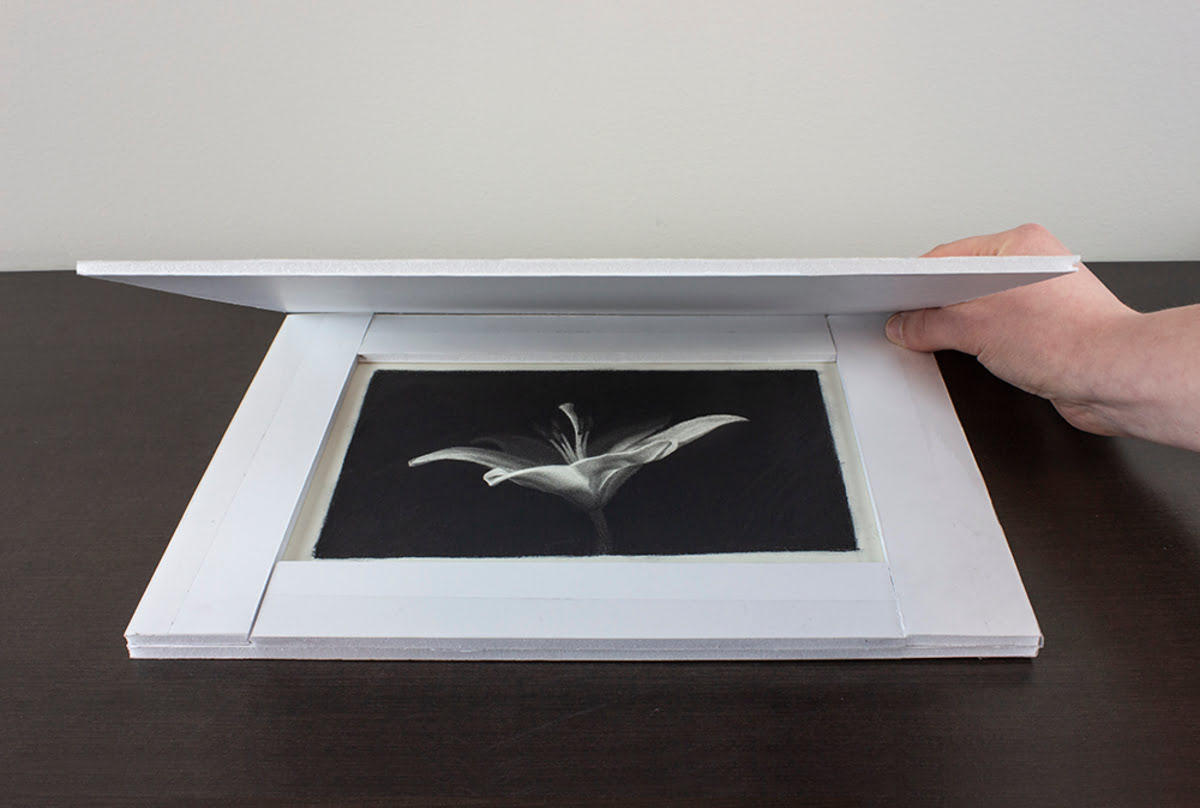

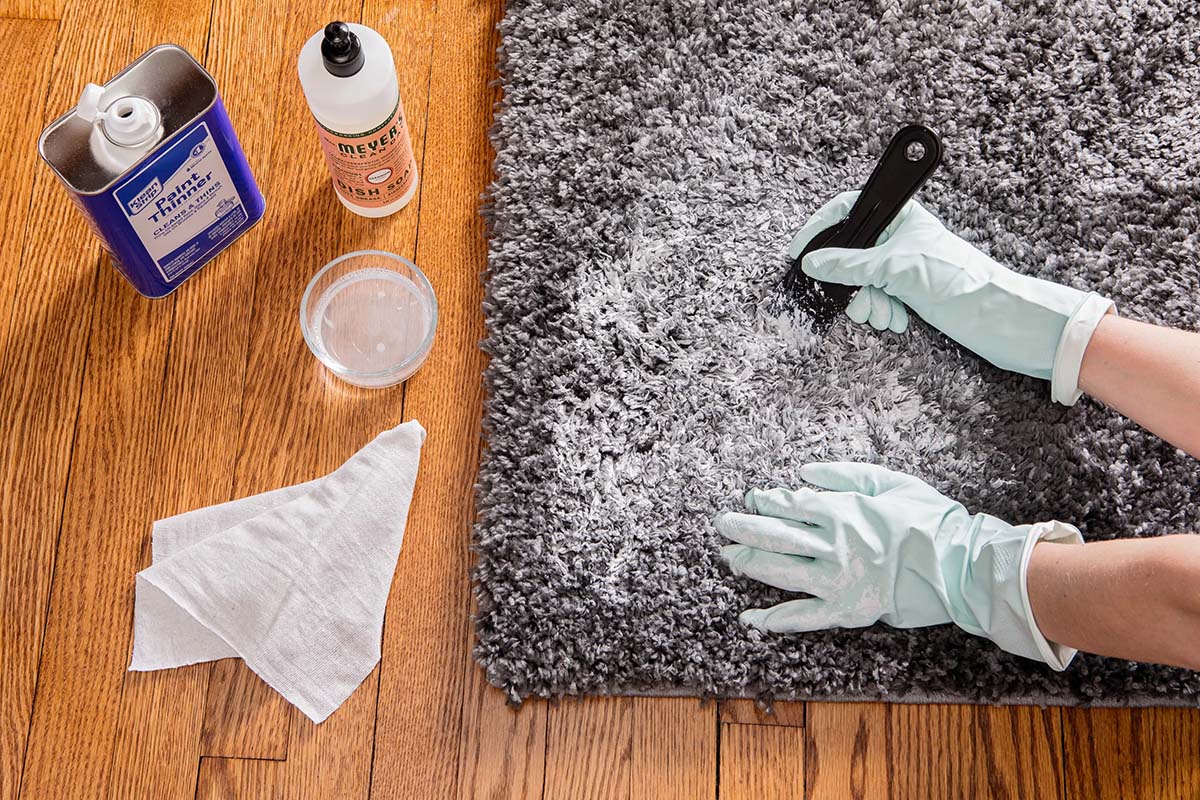

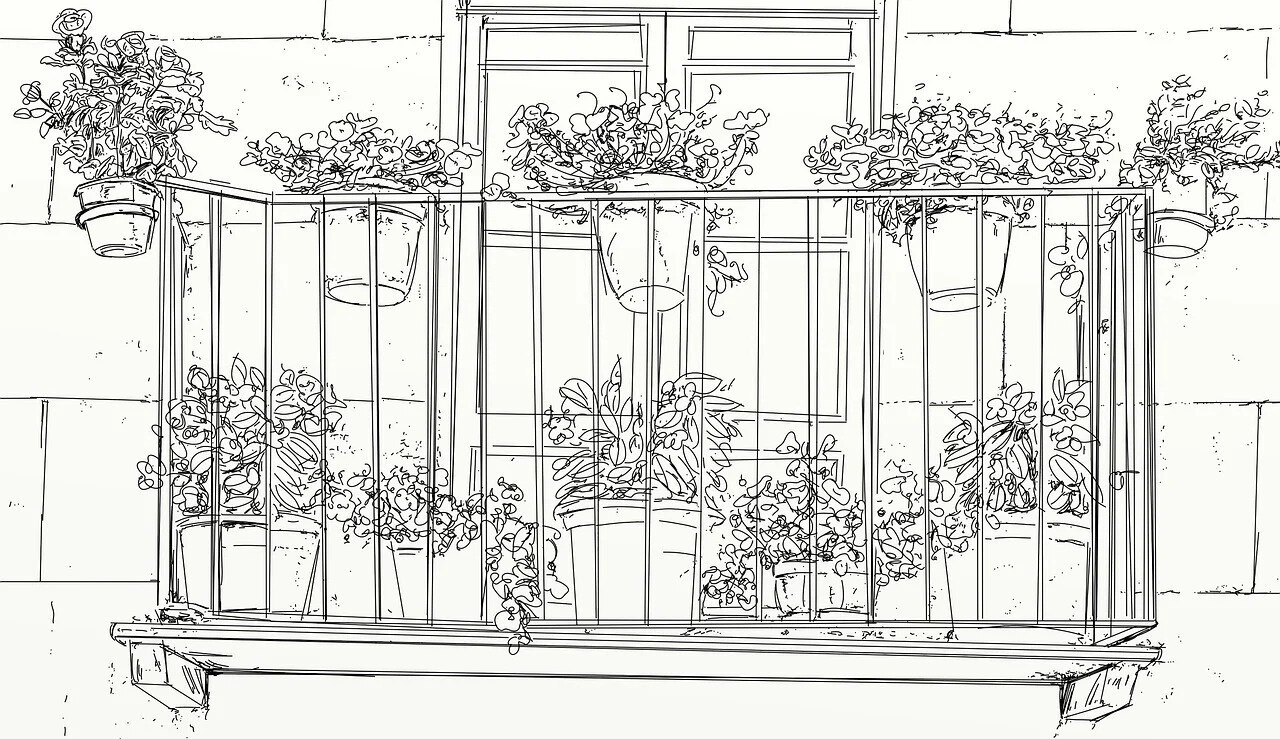



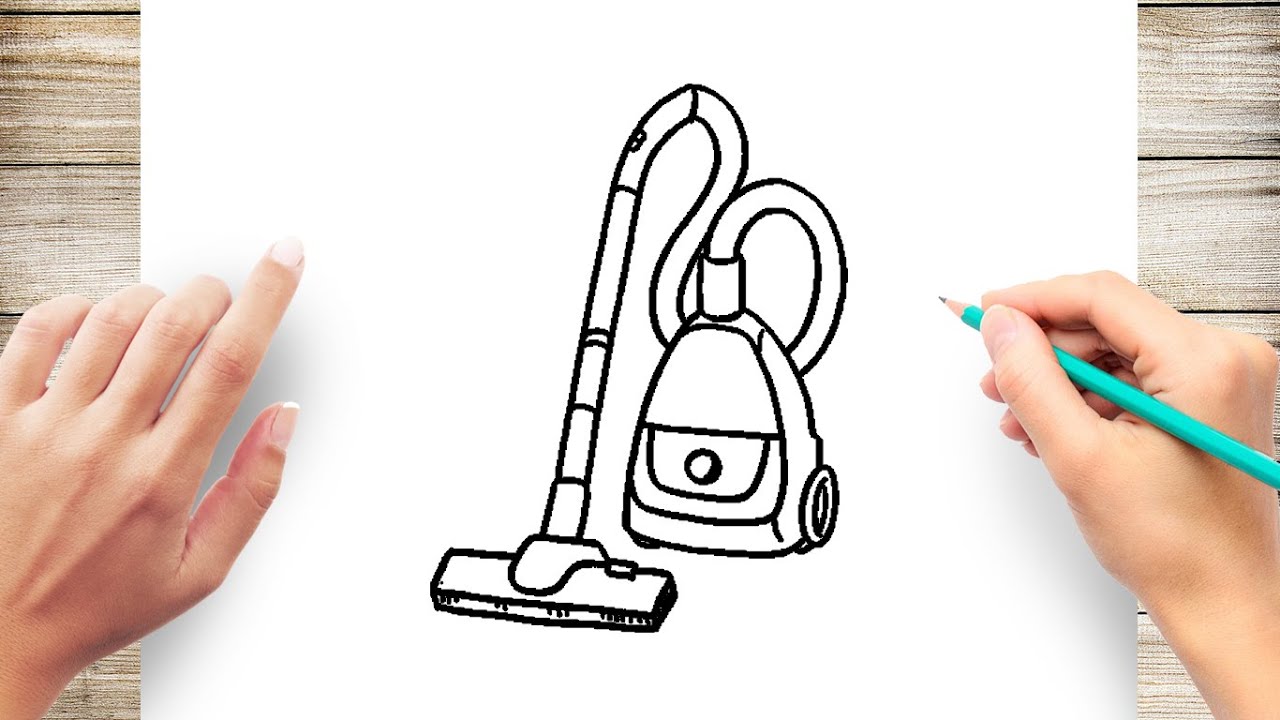





0 thoughts on “How To Store Pastel Drawings”